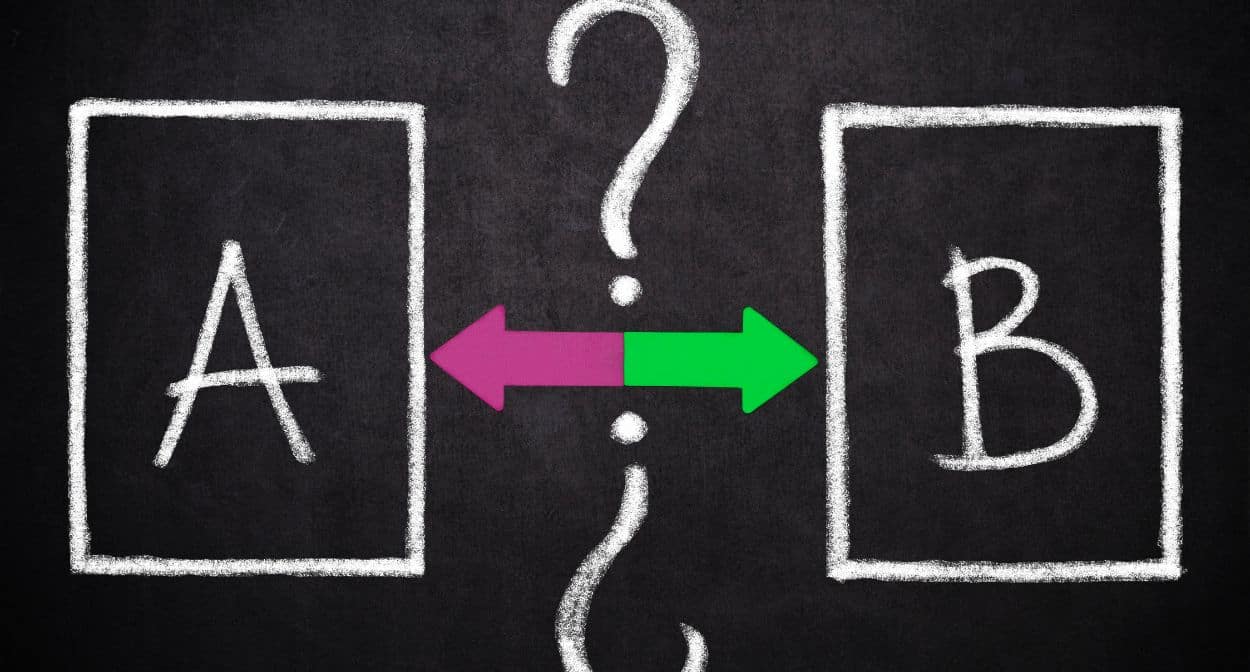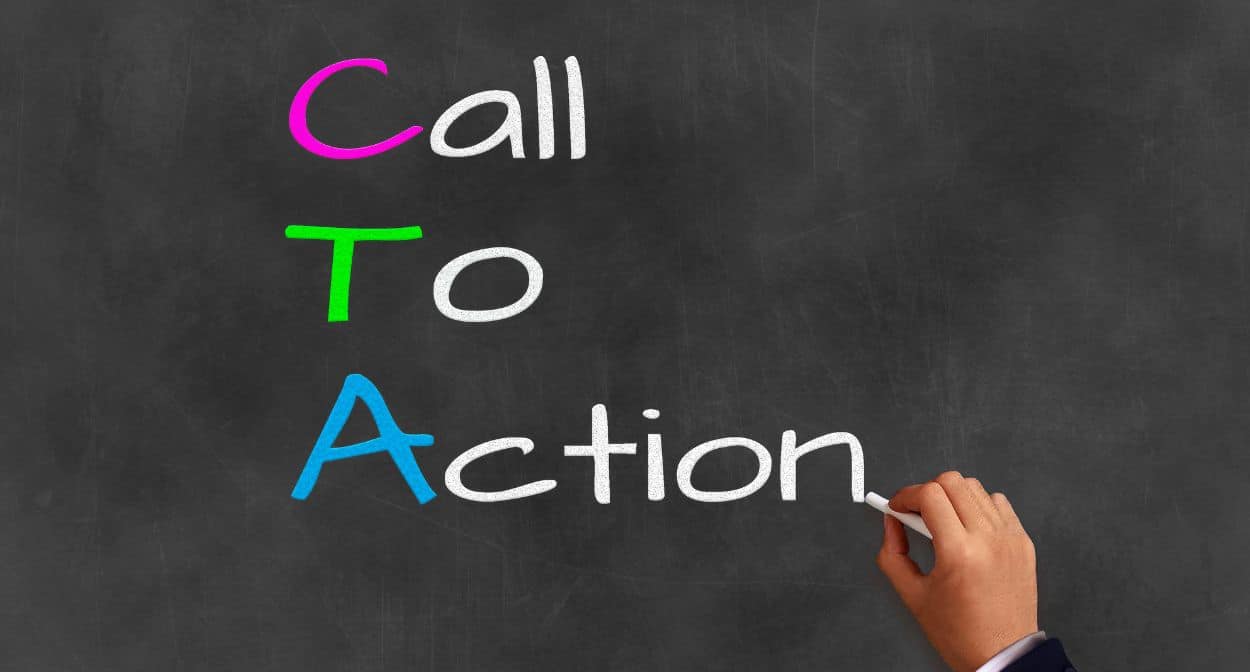Mastering the art of CTAs involves understanding the psychology behind what motivates your audience to take action. It requires a blend of persuasive language, compelling design, and strategic placement to create CTAs that resonate with your target audience. In this guide, we’ll explore the essential elements of high-converting CTAs, tailored strategies for different stages of the customer journey, and practical tips for optimizing your CTAs to maximize lead generation. Whether you’re looking to refine your current approach or start from scratch, these insights will help you craft CTAs that turn visitors into valuable leads for your service company.
Understanding the Importance of CTAs
A call to action (CTA) is a prompt that encourages your audience to take a specific action. For service companies, CTAs are crucial in guiding potential customers through the buying journey. Whether booking a consultation, requesting a quote, or signing up for a newsletter, your CTA must be clear, compelling, and strategically placed.
Without strong CTAs, your website visitors may leave without taking any action, resulting in lost opportunities for your business. The right CTA, however, can lead to higher conversion rates, better customer engagement, and, ultimately, increased revenue.
Crafting a Compelling CTA: Key Elements

To create CTAs that convert, you need to focus on several key elements:
Clarity and Simplicity
Keep it straightforward: Your CTA should clearly communicate what action the user is expected to take. Ambiguous or complicated language can confuse users and reduce the likelihood of conversion.
Use action verbs: Start your CTA with decisive action verbs like “Get,” “Book,” “Download,” or “Schedule.” These words instill a sense of urgency and direction.
Value Proposition
Highlight the benefit: Explain what the user will gain by clicking the CTA. For instance, instead of “Submit,” try “Get Your Free Estimate.” The latter clearly states the value to the user, making the action more appealing.
Solve a problem: Frame your CTA around the solution you provide. For example, “Solve Your Plumbing Issues Today” directly addresses a pain point and positions your service as the remedy.
Design and Placement
Make it stand out: Use contrasting colors, bold fonts, and strategic white space to make your CTA button visually prominent. Ensure it’s easily noticeable and accessible on both desktop and mobile devices.
Optimal placement: Position your CTAs in high-visibility areas, such as at the top of the page, within the content, and at the end of service descriptions. Repeat them on long pages to capture leads at different stages of the browsing experience.
Urgency and Scarcity
Create urgency: Phrases like “Limited Time Offer” or “Only a Few Spots Left” can push users to act quickly. This sense of urgency can significantly increase your conversion rates.
Leverage scarcity: If applicable, mention limited availability or exclusive access in your CTA. This taps into the fear of missing out (FOMO) and motivates immediate action.
Trust and Reassurance
Incorporate trust signals: Enhance your CTA with trust elements like customer reviews, satisfaction guarantees, or security badges. For example, “Sign Up for a Free Consultation (Rated 5 Stars by Our Clients)” combines a compelling offer with social proof.
Minimize risk: Reduce the perceived risk by offering something for free or with a money-back guarantee. Phrases like “No Obligation” or “Free for 30 Days” can lower barriers to action.
Tailoring CTAs for Different Stages of the Customer Journey

Awareness Stage CTAs
- Goal: Introduce your service to new visitors.
- Examples: “Learn More,” “Download Our Free Guide,” “Watch Our Video.”
- Strategy: Focus on educating prospects and building trust. CTAs should invite them to explore your offerings without pressuring them to purchase immediately.
Consideration Stage CTAs
- Goal: Encourage potential customers to evaluate your services.
- Examples: “Get a Free Quote,” “Request a Consultation,” and “See Our Pricing.”
- Strategy: At this stage, CTAs should emphasize your unique value proposition and guide users toward more profound engagement, such as scheduling a demo or comparing service plans.
Decision Stage CTAs
- Goal: Convert leads into paying customers.
- Examples: “Sign Up Now,” “Book Your Service Today,” and “Claim Your Discount.”
- Strategy: CTAs here should focus on closing the sale. Use urgency, limited-time offers, and transparent pricing information to encourage immediate action.
A/B Testing and Optimization

CTA effectiveness can vary depending on audience, industry, and even the time of day. A/B testing allows you to experiment with different CTA variations to determine what works best for your audience. Test different colors, wording, placements, and sizes to identify the highest-performing options.
Key Metrics to Monitor
- Click-through rate (CTR): Measures the percentage of users who click your CTA out of the total number who view it.
- Conversion rate: Tracks how many users complete the desired action after clicking the CTA.
- Bounce rate: Monitors the percentage of visitors who leave your site without interacting with your CTA.
Regularly analyze these metrics to refine and optimize your CTAs, ensuring continuous improvement in your lead generation efforts.
Conclusion
Mastering the art of CTAs is essential for boosting lead generation for your service company. By focusing on clarity, value, design, urgency, and trust, you can create CTAs that guide potential customers through their journey and convert them into loyal clients. Remember, constant testing, analysis, and refinement are the keys to success. With the right approach, your CTAs can become powerful tools for driving growth and achieving your business goals.
This content is optimized for SEO and provides a thorough guide to crafting effective CTAs for service companies designed to enhance lead generation and conversion rates.


